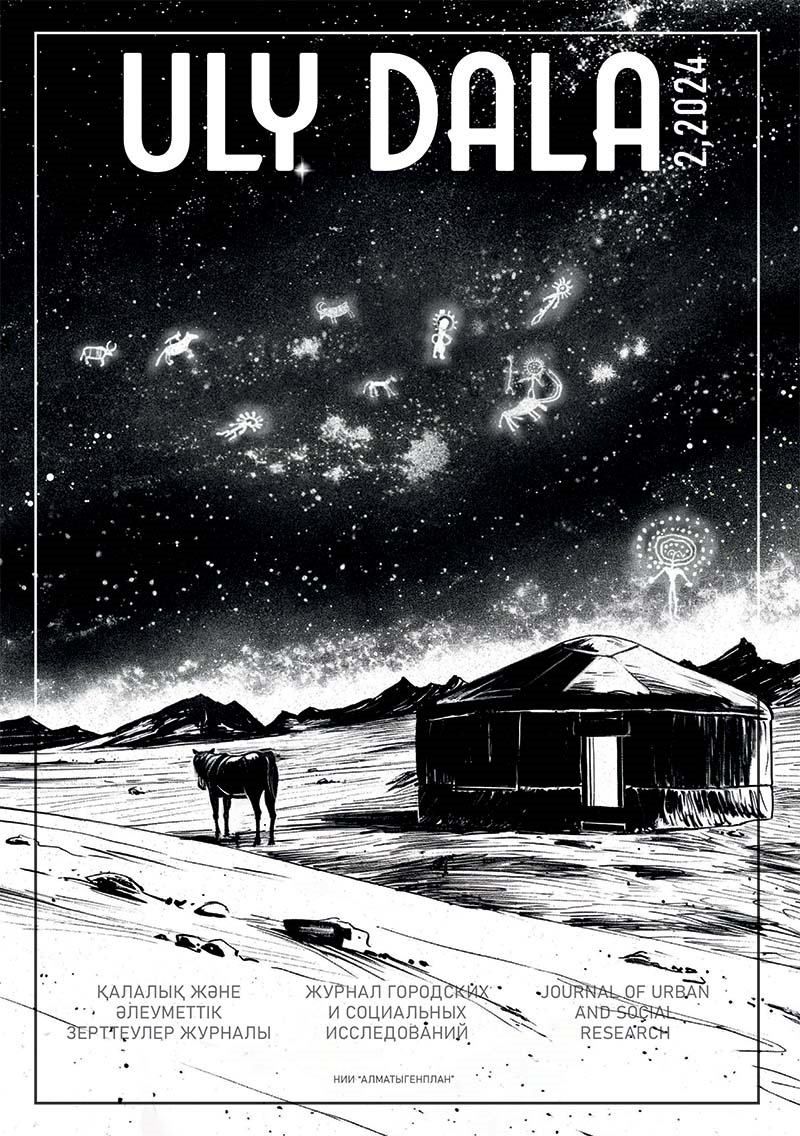“Children in the basement played the Gestapo”: from gaming, psychoanalytic and counter-propaganda mechanisms for the actualization of sadistic verses to the irony of outsideness
Keywords:
sadistic verses, sick humor, black humor, post-folklore, internetlor, pragmatics, projective inversion, doublethink, outsideness, gallowshumorAbstract
The research presents an analysis of the pragmatics, syntactics and semantics of sadistic quatrains and couplets that existed orally and transformed into internetlor. In addition to data on the literary origins of sick humor in Western European and Russian literature, the author of the article describes the doubts of folklorists about the author’s origin of verses and evidence of the fixation of oral rhyming texts among late Soviet students and schoolchildren. Along with information about the first printed publications and the difficulties of introducing a new folklore genre into scientific circulation, the article presents the reasons for the spread and transition of grotesque shocking rhymes into written and network existence, and also explains the secrets of their popularity and productivity in any, including modern conditions. Various scientific interpretations of the pragmatics and contexts of the existence of the genre for different age audiences presented in this article, allow us to explain the subject of ridicule and parody, thanks to which the verse functions and is reinvented in oral, written and online form in late Soviet and modern conditions.
References
Frank, Russell. (2011). Newslore: Contemporary folklore on the Internet.
University Press of Mississippi.
Oring, Elliott. (2008). Humor in anthropology and folklore. In V. Raskin (Ed.),
The primer of humor research. Mouton de Gruyter, 183–210.
Oring, Elliott. (2016). Joking asides: The theory, analysis, and aesthetics of
humor. University Press of Colorado.
Downloads
Published online
Issue
Section
License

This work is licensed under a Creative Commons Attribution-NonCommercial 4.0 International License.

